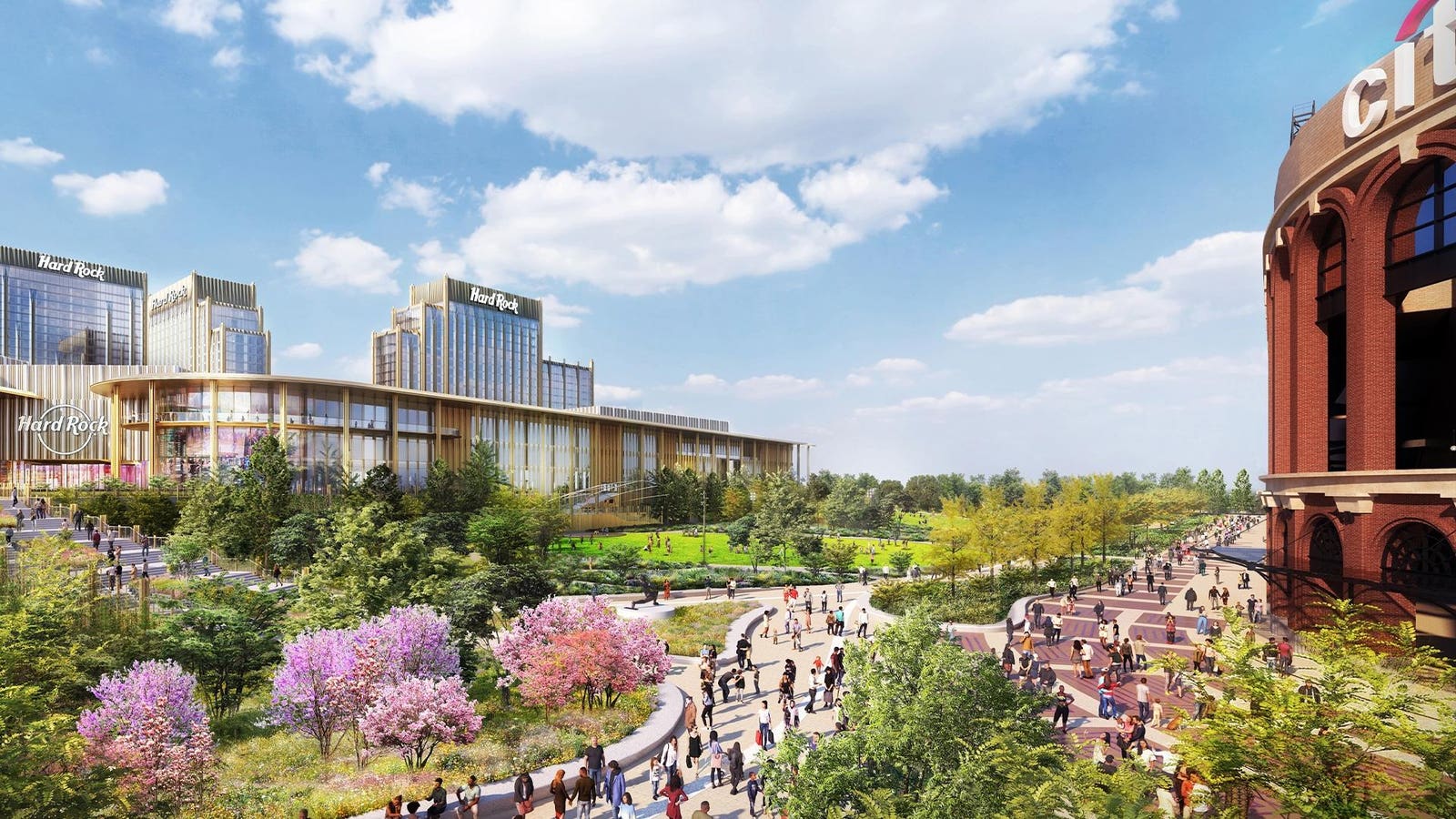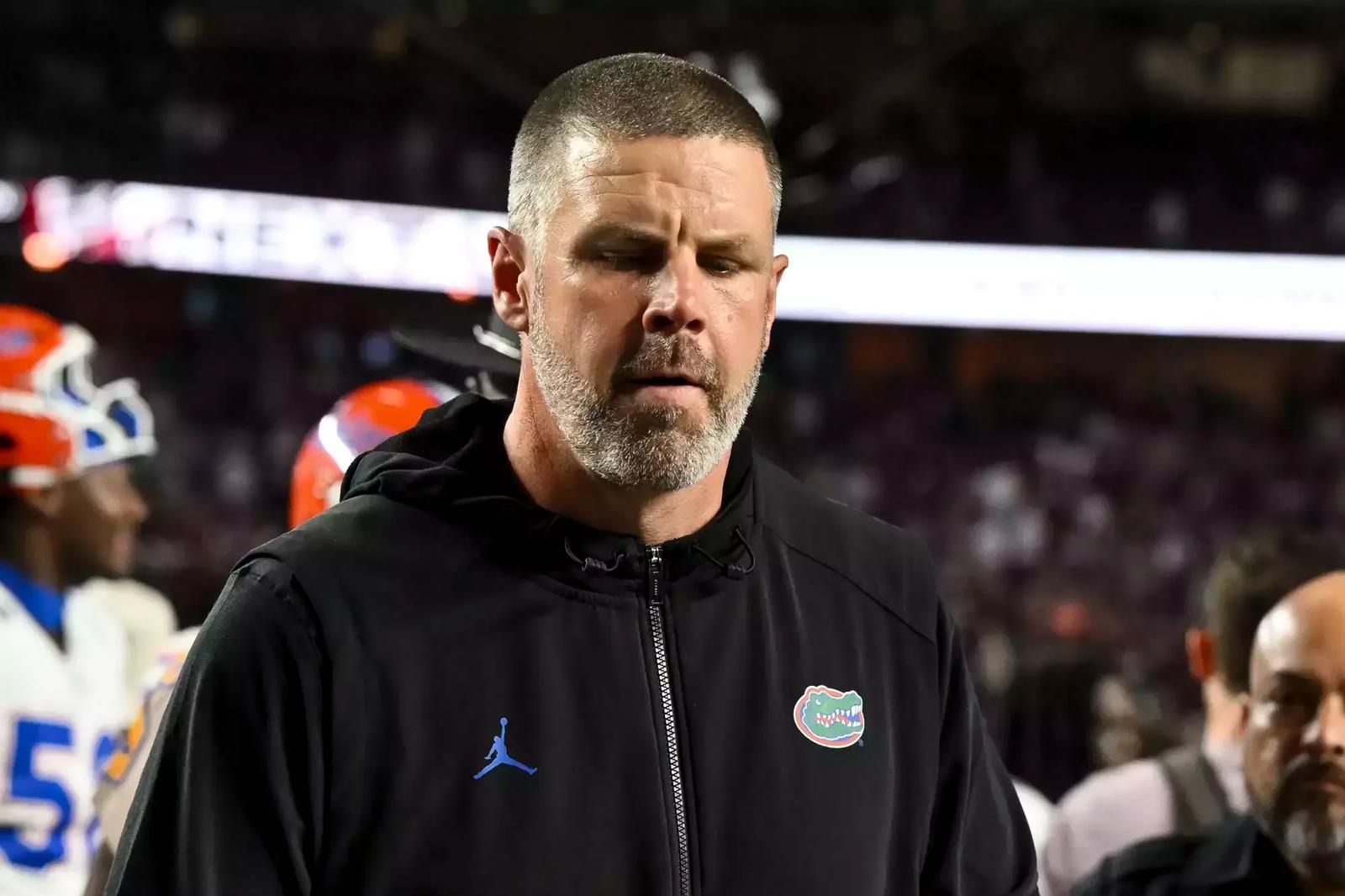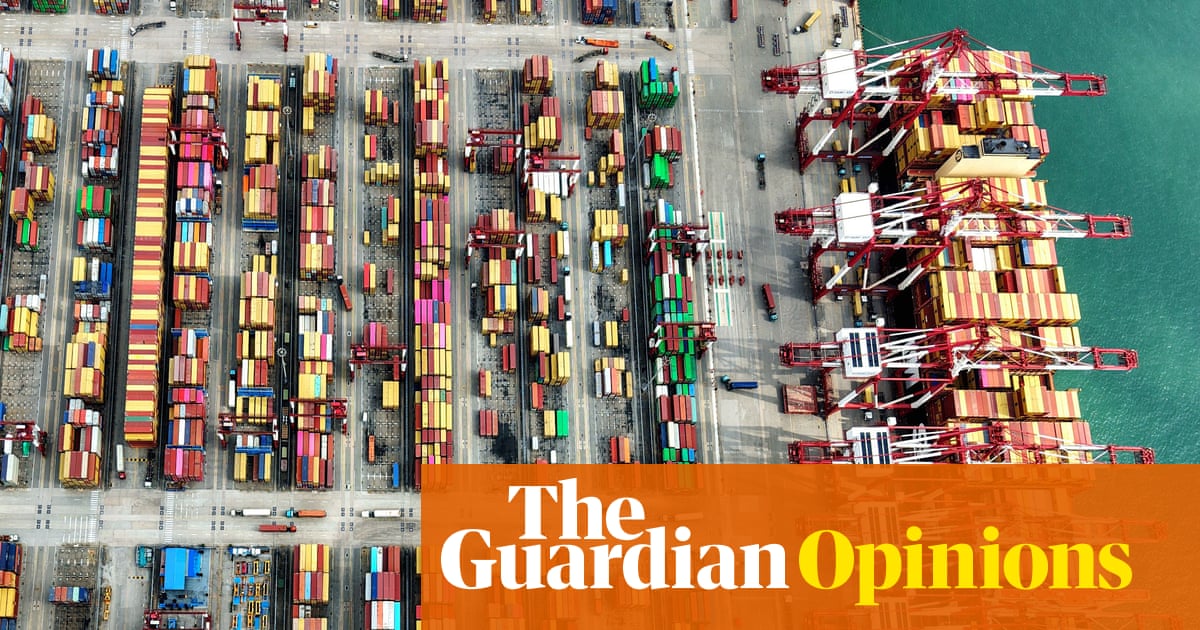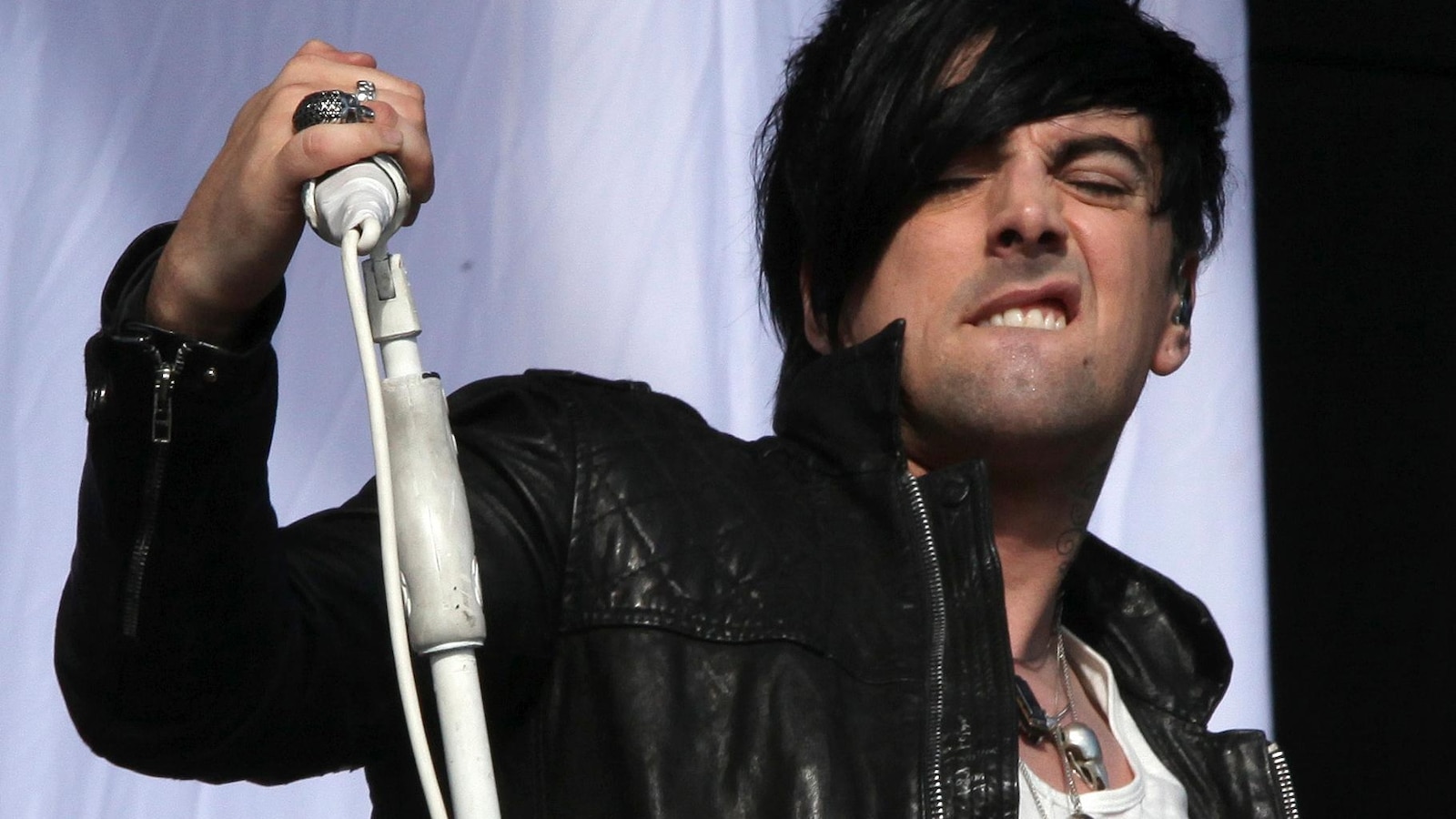Jay-Z’s gamble on a Caesars Palace in Times Square crapped out. Billionaire Steve Cohen’s bid for a casino in Queens could be a winner. Meet the four high-rolling developers vying for three spots.
Over the last three years, many of the gambling industry’s biggest companies, from Wynn Resorts to Las Vegas Sands to Caesars, have fought to get a license to open a casino in New York City, which has never had one before. Now, there are just four contenders remaining and only three licenses available, each promising billions of revenue over the next decade.
With the New York State Gaming Commission expecting to make its selection by December 1, and grant licenses by the end of the year, the last leg of the race is on. Many political and industry insiders believe the two existing racinos near Manhattan have a tremendous advantage as they have already been operating and adding to the state’s coffers for years. Resorts World New York in Jamaica, Queens, which is accessible from the subway and owned by billionaire Lim Kok Thay’s Resorts World Genting, and MGM’s Empire City racino in Yonkers, operate racetracks and video slot machines, but currently have no live table games such as blackjack or roulette. Not only can these properties flip to full Las Vegas-style casinos quickly, but the businesses would be crushed if they weren’t granted a casino license.
The two other proposed projects include Bally’s Bronx, which would sit next to what was recently a golf course owned by Donald Trump in Ferry Point, called Trump Links. It is now known as Bally Links, after the company bought the lease from the Trump Organization in 2023 for $6o million. Should Bally’s be awarded one of the three licenses Trump would receive an additional $115 million payment. The final active proposal is Metropolitan Park, which is backed by billionaire New York Mets owner Steve Cohen and Hard Rock Casino and would be located next to Citi Field in Flushing, Queens.
New York State Gaming Commission chairman Brian O’Dwyer has said multiple times over the last few years that there are no favorites, and each proposal is being fully considered. During a state gaming commission meeting in late September, O’Dwyer stressed again that no candidates have an advantage.
“Like I said before, this is a tabula rasa. There are no front-runners or favorites, and unfortunately, we’re already seeing things in the media about who’s in favor, who’s not in favor,” said O’Dwyer. “Our decision is to figure out that at the end of this, we as a commission, are satisfied that the people who are licensed have both the operational ability and upmost integrity.”
O’Dwyer also stressed that the commission can issue up to three licenses, but it is not required to issue any licenses at all, especially if the projects are not convincing enough to “serve the public interest.”
Chad Beynon, an analyst at Macquarie who covers gambling and hospitality, says winning one of New York’s licenses will put a lucky casino operator in a market with one of the largest populations with the highest wealth per person ratios in the country—a combination that could create the best performing casino in the country.
“New York is the biggest opportunity for years to come,” Beynon tells Forbes.
Until earlier this year, some of the gambling industry’s biggest players vied for bids in Manhattan, thought to be the golden goose of all casino licenses, but these projects could not pass the first hurdle—community support. Local approval was required for the proposals to move forward before the state gaming commission would even consider the projects.
The casualties included Related Companies, the developer behind Hudson Yards in Manhattan, who teamed up with Wynn Resorts for a proposed casino near the Javits Center along Manhattan’s West Side. Wynn and Related dropped its bid in May after citing it came to terms with “years of persistent opposition” from community leaders and local politicians.
Commercial real estate giant SL Green Realty Corp., Jay-Z’s Roc Nation and Caesars Entertainment hoped to bring Caesars Palace to the heart of Times Square, but the state-commissioned community advisory committee rejected the project in September thanks to intractable opposition led by the Broadway League, a trade organization of producers and theater owners.
A project dubbed Freedom Plaza near the United Nations on the east side of Manhattan, was also rejected last month. Stefan Soloviev, son of the late Sheldon Solow, who built a fortune in Manhattan real estate, owns the six-acre tract of undeveloped land that he wanted to turn into a casino with Native American gaming company Mohegan. The $3.5 billion proposed project would have featured a 1,000-room hotel, two residential towers, a Ferris wheel, a soccer field, and a museum dedicated to democracy featuring large slabs of the Berlin Wall from Soloviev’s personal collection.
The only casino proposal in Brooklyn, The Coney, a $3 billion proposal, was rejected by Coney Island community late last month as well. The project was backed by real estate developer Thor Equities, founded by Coney Island native Joe Sitt, Saratoga Casino Holdings, which owns a racino upstate, the Chickasaw Nation, and Legends, a joint venture between the New York Yankees and Dallas Cowboys.
Las Vegas Sands, which currently does not have a presence in the United States after selling its two Las Vegas casinos, the Venetian and Palazzo, to Apollo Management for $6.25 billion in 2021, pitched a American homecoming with a multibillion-dollar development at the Nassau Coliseum on Long Island. But LVS decided to drop out of the process in April.
With only a few weeks left before the state’s gaming commission makes a decision about the licenses, here are the four monied players still at the table.
Golf of New York: Soo Kim’s bid for Bally’s Bronx includes a golf course formerly owned by Donald Trump.
Ballys Bronx
Bally’s Bronx
Bally’s Corporation is pitching a $4 billion investment to build a casino and integrated resort spanning 16 acres next to Bally’s Golf Links in Ferry Point.
Led by chairman Soo Kim, a Queens native and founder of the New York-based hedge fund Standard General, Bally’s already owns and operates 19 casinos across 11 states, including a new one in Chicago and is in the process of trying to build a baseball stadium for the Athletics on the site of the old Tropicana hotel in Las Vegas. The company’s vision in the Bronx is to build a 250-foot-tall casino spanning three million square feet that can hold 3,500 slots and other gambling machines, 250 table games, and a poker room. The proposal also includes a 500-room luxury hotel, dining and entertainment venues, a 2,000-person event center, and meeting spaces. Bally’s Bronx is projected to generate over $1 billion in revenue from gambling and more than $200 million in taxes to the state annually. If Bally’s wins a license, it has committed to giving $27.5 million a year for community investments.
“It is the biggest prize in gaming, potentially ever,” Kim tells Forbes. “New York, it’s a game changer. It’s a license that every single gaming company, basically, has competed for. And to be the last four is exciting. These will be the largest casinos in the country.”
The media have focused a lot of attention on the fact that the Trump Organization will receive a $115 windfall if Bally’s is granted one of the licenses, but Kim, a shrewd dealmaker himself, says his company already came out on top. “We think that the city and ourselves got the better deal,” says Kim. “He owned it before he became president the first time. It’s not an endorsement. It was purchase of a license that he owned for more than 15 years.”
Raising The Stakes: MGM is hoping to expand its successful racino in Yonkers into a Las Vegas-style casino with table games.
MGM Resorts
MGM Empire City
Empire City is a racino that sits 45 minutes north of Manhattan in Yonkers. With 4,600 slot machines and a horse racetrack, where the famed thoroughbred Seabiscuit once ran, the property generated $604 million in gaming revenue last year.
MGM Resorts International, which owns 31 casinos around the world and generated $17.2 billion in revenue last year, acquired Empire City Casino at Yonkers Raceway in 2019. It is proposing a $2.3 billion project, which includes $1.8 billion investments to revamp the property. With 162,250 square feet of new development, the facility will include a 5,000-seat entertainment venue and 9,300 square feet of meeting space. MGM says that the 863,500 square-foot facility is projected to generate up to $1.39 billion in gaming revenue a year.
“Our speed-to-market and international brand loyalty, as well as our location’s ability to recapture entertainment dollars leaving for neighboring states, are key competitive advantages for our proposal,” says Louis Theros, president of MGM’s northeast group.
Sports Center: Metropolitan Park will connect the Mets’ Citi Field to the Billie Jean King National Tennis Center and the future home of the New York City Football Club.
SHoP Architects Field Operations
Metropolitan Park
Billionaire Steve Cohen, who owns the Mets, teamed up with Hard Rock International to propose an $8.1 billion development project to transform the parking lot next to Citi Field in Flushing, Queens into a casino, hotel, convention center, entertainment venue, and 25 acres of new park space.
If approved, Metropolitan Park, as it is known, will span across 78 acres. The development will connect Flushing Meadows Corona Park, where the Billie Jean King National Tennis Center sits, to Citi Field and Flushing Bay. The proposal also includes the future site of the New York City Football Club stadium, affordable housing, public transit improvements and a $163 million impact fund, totaling $1 billion in benefits for Queens.
With 5,000 slot machines, 375 live dealer tables, 30 poker tables and an 18,000 square foot sportsbook, Metropolitan Park is projecting to generate $3.9 billion in revenue and $850 million in taxes annually by the third year of operations. “We are grateful for the opportunity to move forward in this process and be one step closer to making Metropolitan Park’s community-first vision a reality,” says Karl Rickett, Metropolitan Park spokesperson.
Jim Allen, chairman of Hard Rock International, which is owned by the Seminole Tribe of Florida and has 19 casinos across the U.S., Canada and Mexico, says it is a “true honor” to have the community advisory committee unanimously approve Metropolitan Park. “We are deeply grateful for the opportunity to move forward together toward the next step,” says Allen.
King of Queens: Backed by hip-hop artist Nas, who grew up in Queens, Resorts World New York City is a $5.6 billion project that includes a 500,000-square-foot casino, 2,000 hotel rooms, and a 7,000-seat entertainment venue.
RWNYC and Perkins Eastman
Resorts World New York City
Resorts World Casino New York City, which is at the storied Aqueduct, the thoroughbred race track in Jamaica, Queens, has historically been one of the best-performing casinos in the U.S. In 2024, Resorts World, which only has video slots and video table games in addition to horse racing, brought in $692 million from its gambling machines and $284 million from Nassau Downs off-track betting terminals.
Resorts World, which is owned by Genting, Malaysian billionaire Lim Kok Thay’s company, is proposing to transform its current facility into a $5.6 billion integrated resort featuring a 500,000-square-foot casino with 6,000 slots, 800 tables, 2,000 hotel rooms, a 7,000-seat entertainment venue, a conference center, restaurants, a spa and more. The company projects that the Vegas-style casino will generate $2.2 billion in annual revenue. The project is also backed by Nas, the hip-hop artist who grew up nearby in Queens.
The Empire State has long been the heart of Genting’s U.S. gambling empire. Resorts World New York City opened in 2011, and the company opened Resorts World Catskills, which is two hours north of the city in Monticello, in 2018 and cost $1.2 billion. Resorts World Las Vegas opened in 2010, at a cost of $4.3 billion, becoming the most expensive resort developed in Sin City.
Now the question is—will this new gamble pay off?
More from Forbes









